We use cookies to make your experience better. To comply with the new e-Privacy directive, we need to ask for your consent to set the cookies. Learn more
Equine Parasites: Be on the Lookout – Use Abler Dewormers
There are four important types of equine parasites that travel through the horse’s body as they move from one phase to another of their life cycle. Some can be extensively damaging. This article will point out the main internal parasites in horses and the best way to control them using Abler Dewormers.
Large and Small Strongyles
The most harmful of all equine parasites are the large and small strongyles. Strongyle larvae can damage blood vessels and vital organs in horses. Young horses are highly at risk for such infestations. Symptoms of strongyle infection include loss of condition, anemia, dry coat, diarrhea, and visible worms in manure. Fecal samples should be sent to your veterinarian regularly for analysis. Treatment for strongyle infections include:
- Fenbendazole for horses, AbFen™, for 5 consecutive days, given at double dose; this treatment is effective against encysted small strongyles.
- Ivermectin horse wormer, AbIver™, can target both small and large strongyles but is ineffective on the encysted stage.
Ascarids or Roundworms
Roundworms are white in color and they are stiff and can reach a foot long in length in their adult stages. When roundworm infestation is left uncontrolled, problems such as diarrhea and colic can result. When their population is kept minimal, they rarely cause problems. Foals aged 12 weeks to a year are most susceptible to roundworm infections. Roundworm treatment includes:
- AbIver™, which can be also be given to foals starting 6 mos. of age
- Pyrantel pamoate dewormer, AbPyran™, as well as AbFen™, which can be given starting 6-8 weeks in young foals
Pinworms
Pinworms lay their eggs on the anal area and this causes the irritation. Tail rubbing is a problem associated with pinworm infestation. Horses tend to bite and scratch around their hind area. Though pinworms are not as notorious as strongyles, they can be a nuisance to horses and the horse’s tail may be damaged.
- Ivermectin, fenbendazole and pyrantel pamoate are all effective in eliminating pinworms
- The horse’s anal area should be regularly wiped to prevent spread of eggs and re-infection.
Tapeworms
Tapeworms rely on their intermediate hosts, the forage mites, to complete their lifecycle. Forage mites ingest tapeworm eggs, and when those mites are ingested by the horse, the horse harbors the worm eggs and now become the host for their development and survival. Tapeworms are generally harmless but they can cause colic if they live in great numbers. Treatments for tapeworm problems include:
- Pyrantel pamoate dewormer, which may require double or triple doses
- The most effective tapeworm treatment to date is praziquantel wormers. Ivermectin with praziquantel wormers are effective and considered to have an extended spectrum of coverage. AbIver Plus™ contains both ingredients and can target common equine parasites as well as tapeworms.
Bots
Bots are larvae of the botflies. The eggs are laid on the horse’s hair and they find their way inside the horse when the animal licks or bites its skin. When in great numbers, they can cause loss of condition and dry hair coat. Diarrhea or constipation may also present as symptoms of bot infestation. Bots are well controlled with ivermectin and treatment ideally starts early spring before larvae are passed out through the manure.
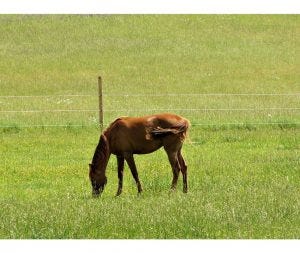
Dealing with Resistance
Some parasites are now developing resistance towards the available dewormers. For this reason, it is important not just to rotate the compounds but also conduct regular fecal exams so deworming program can be developed accordingly. It is impossible to aim for a horse that completely has no parasites; keeping infestation under control is mostly the main goal of today’s worming programs.
Keeping Pastures Almost Free from Parasites
It is important to keep the horse’s environment clean at all times. Horse droppings should be cleared off from the pastures every now and then to reduce egg transmission.

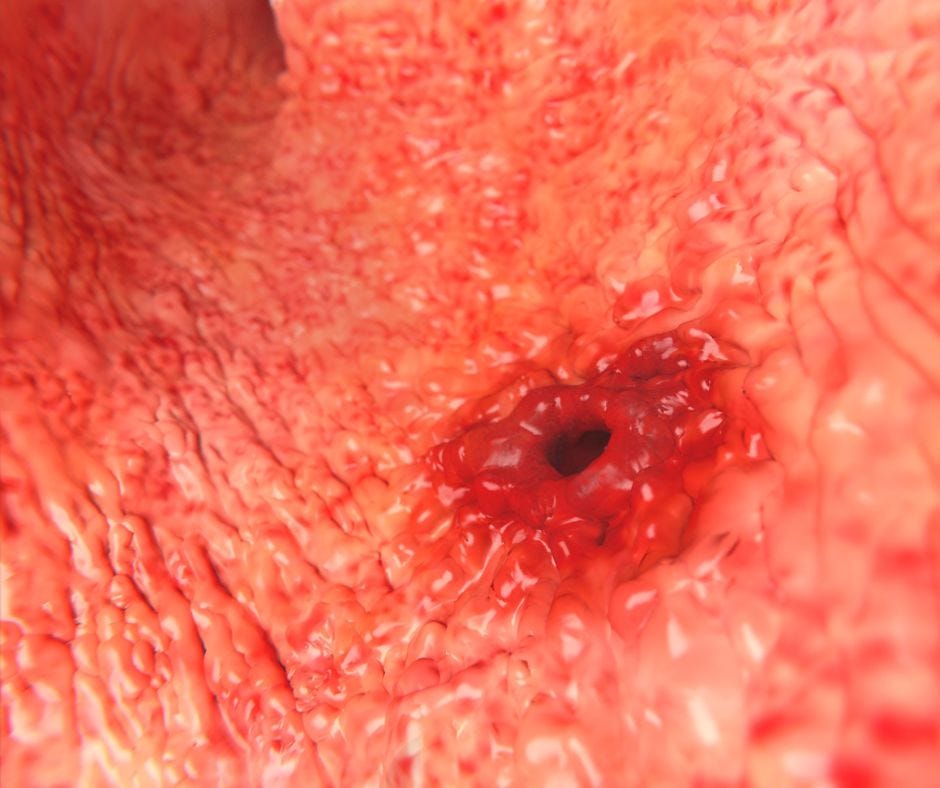
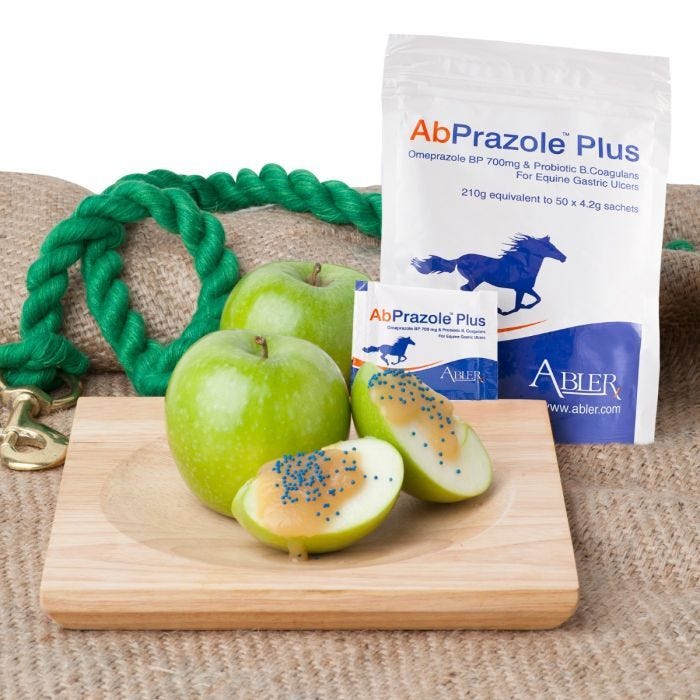
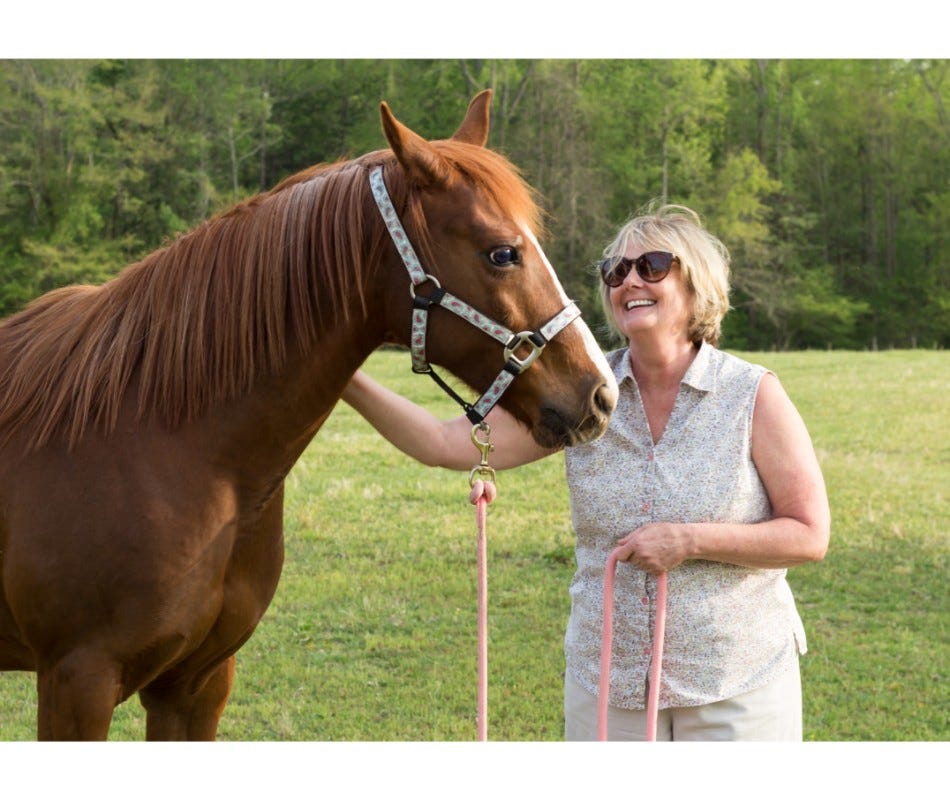
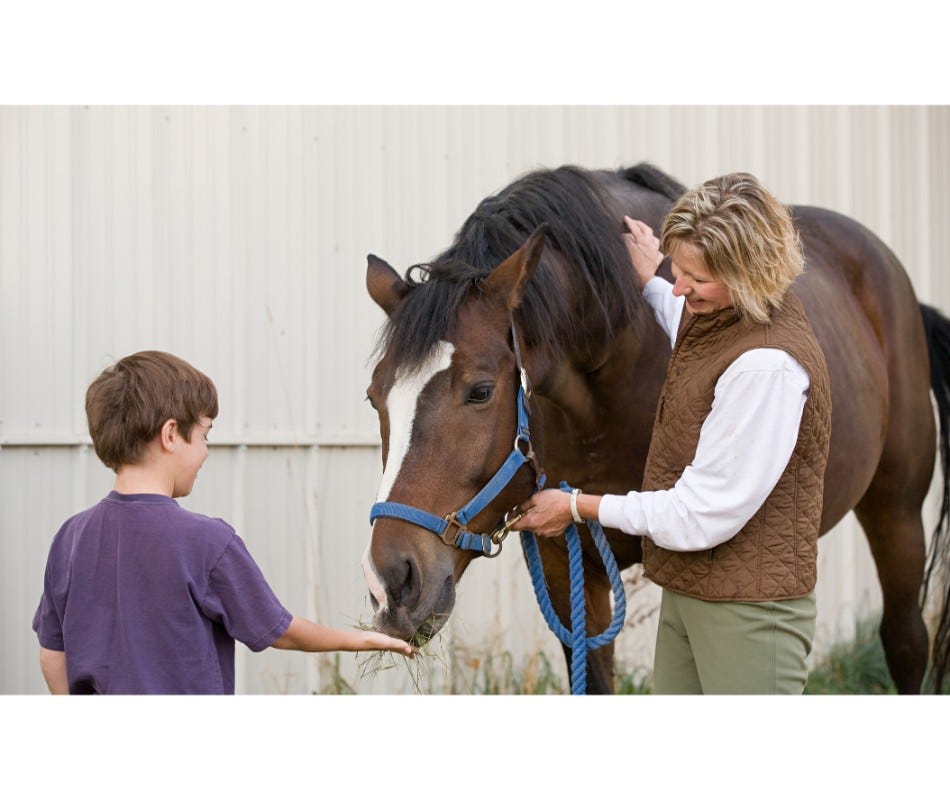
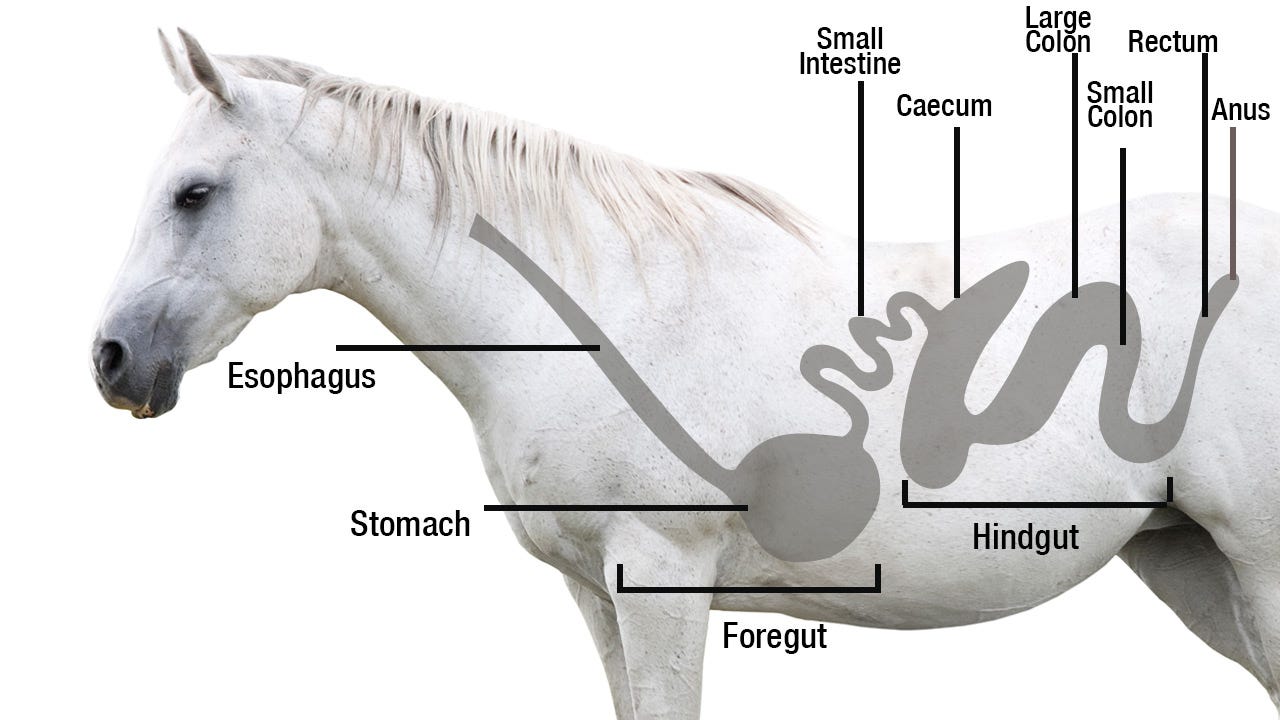
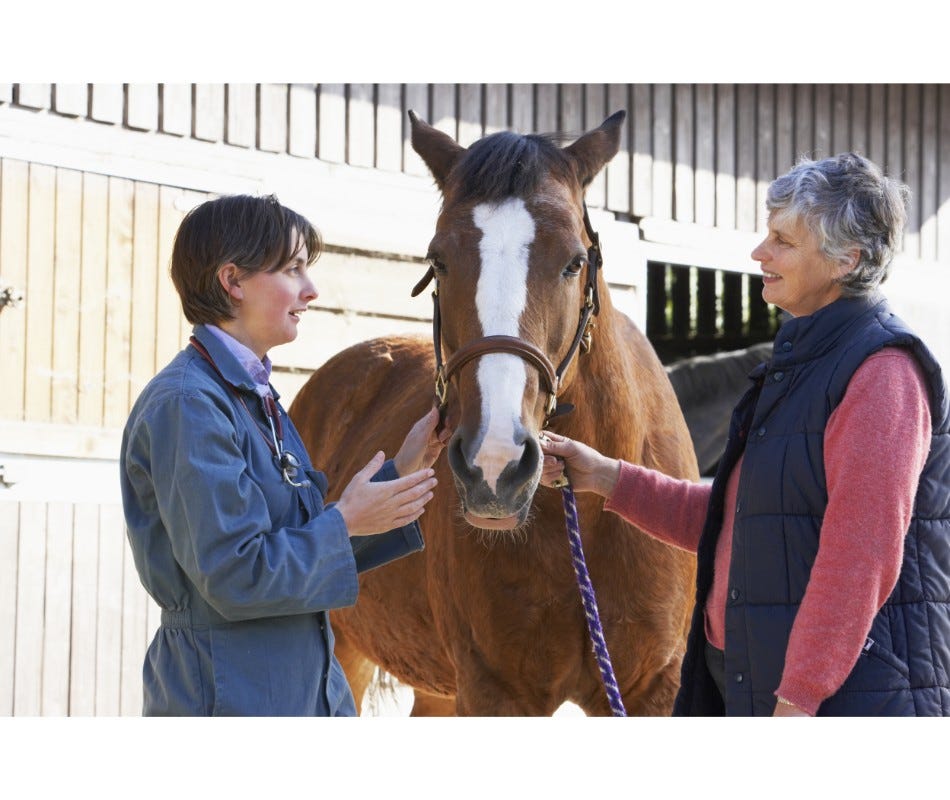
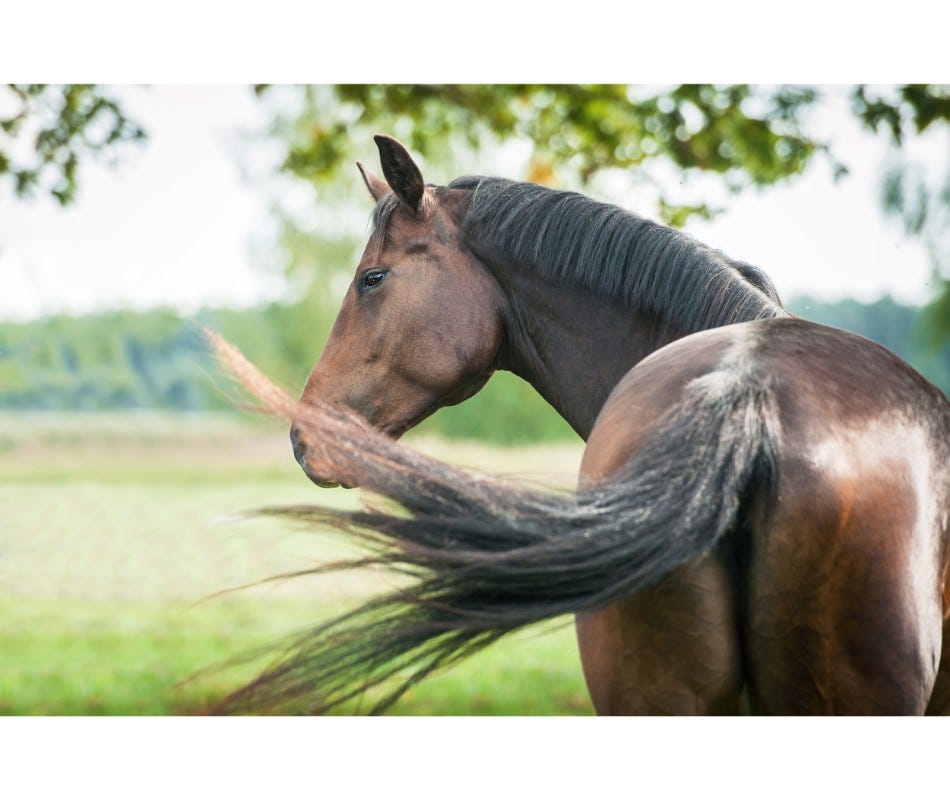
Validate your login